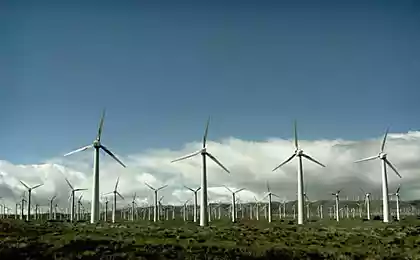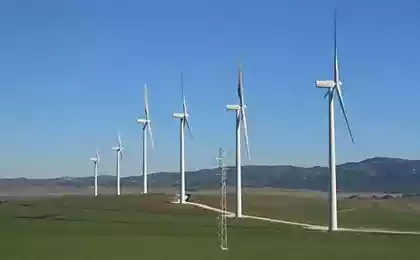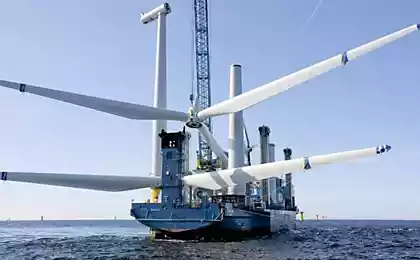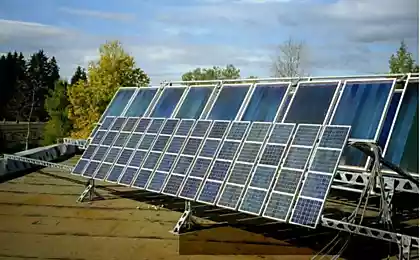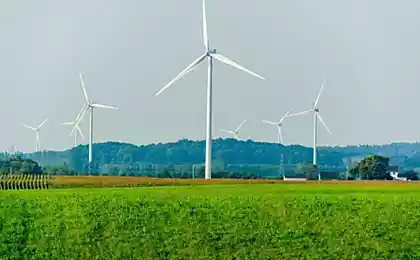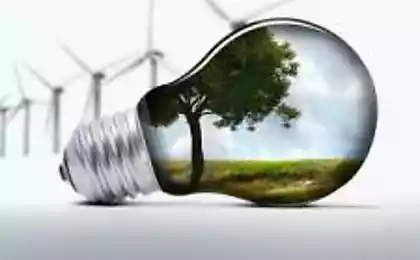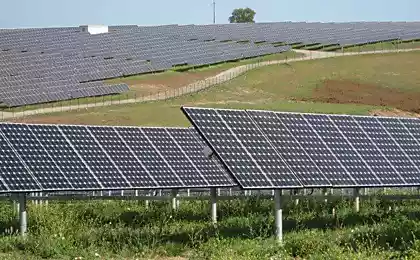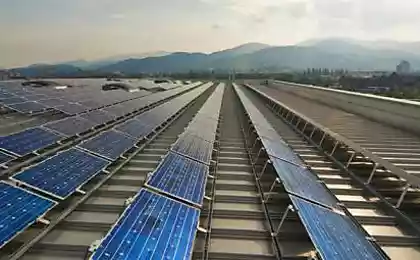236
10 countries with the most developed wind energy
Wind power is one of the promising areas of alternative energy. This direction is dynamically developing in many countries of the world. New land-based installations and complexes, as well as offshore wind power plants, are emerging. " Undoubtedly, we are witnessing a process of diversification of the wind power market, says Stefan Gsänger, Secretary General of the World Wind Energy Association (WWEA, a non-profit organization headquartered in Germany, represents national wind energy associations of more than 100 countries). The Association supports the use of renewable energy sources, advises state authorities on regulation, monitors the development of the industry.
The list is based on WWEA data. Choosing the top ten was not an easy task – Gzangaar also wanted to include Romania for the industry’s high growth rate and Portugal, which has wind capacity slightly smaller than Canada. Latin America and Africa are in the process of building their first wind farms. Among other things, the rating took into account such factors as competitiveness and attractiveness for consumers of electricity prices.
1st place.
China has the most developed market, according to WWEA. As of June last year, China’s wind turbines produced a total of about 67.7 GW of electricity. Now this figure is approaching 80 GW. Large-scale wind power projects began to develop less than 10 years ago. Since then, the country has become a leader in the global wind power industry. The need for the development of wind energy in China was pushed by high industrial growth rates.
2nd place.
According to WWEA ratings, the United States follows China in terms of wind generation. Currently, generation volumes are approaching 60 GW. However, the number of wind turbines per capita is not so high. The government’s regulatory policy on wind energy reveals ambiguities and creates difficulties for producers looking for stability in the long run.
3rd place.
Germany is the European leader in wind energy. The generation capacity is more than 30 GW, making a major contribution to the EU’s total wind generation (100 GW). Despite the strong coal lobby, Germany remains interested in wind power. The development of alternative energy sources is strongly supported in German society, which is reflected in state policy.
4th place.
Spain’s wind output is very different from its economic performance. In terms of generation, Spain follows just behind Germany, while the country’s economy is still in a state of crisis, which began in 2008. Severe economic conditions have adversely affected the development of alternative energy sources. Spain is acutely experiencing a shortage of fossil resources, but still does not use the potential of alternative energy sources at full capacity.
5th place.
India is one of the first developing countries to take wind energy seriously. Rapidly growing population and high rates of industrial growth required an increase in energy production. With little traditional energy, India has turned to alternative sources. At the moment, India lags behind neighboring China in the pace of wind energy development, but has great potential in this direction.
6th place.
In 2011, Italian voters decided to abandon the use of nuclear energy. For a country dependent on imported fossil fuels, investment in wind power is an important step towards energy diversification. Questionable energy for Italy opened some interesting points. Recent police investigations have revealed the mafia’s extensive involvement in the sector. The wiretap intercepted the following message from a businessman to a Sicilian mafia boss: Renewable energy is very important to us. It's a business that can feed us. Today, the level of wind energy development in Italy is equivalent to that of France.
7th place.
Last year, French President Francois Hollande announced plans to reduce the country’s dependence on nuclear power. This shift in priorities is undoubtedly an important step that has helped France become the world’s seventh largest wind market. Close cooperation with the German Wind Energy Association has allowed French companies to take a leading position in the field of wind equipment and technology.
8th place.
Canada’s energy policy focuses on regional development. In total, the country’s wind farms produce more than 5.5 GW of energy. Wind energy development programs imply serious benefits for utility investments. This is especially true in provinces like Ontario and Nova Scotia. This approach, in the long term, allows you to turn potential competitors into co-owners of wind parks.
9th place.
The growth rate of wind power in Brazil brought the country to the 9th place of this rating. Open auctions held in the country have shown that wind energy can successfully compete in cost with hydroelectric power plants, nuclear power, as well as energy obtained from burning gas or coal. Energy produced by wind in Brazil costs about 5 cents per kilowatt hour. While some observers have expressed concern about declining profitability, Brazil's wind farms complement hydropower capacity, smoothing the fall in generation at the end of the rainy season.
10th place.
This rating would be incomplete without mentioning Denmark. At last count, the country achieved an impressive 28 percent in the share of total generation and plans to reach 50 percent by 2020. Danes have excellent experience in integrating wind power into the grid. In one municipality, more than 100 percent of the electricity consumed is produced by wind, and the surplus goes to heat production. Despite the harsh winter climate, this prosperous country with a highly developed industry successfully solves its energy issues.
Source: ecoafisha.ru
Unique photo reportage - rest in Chinese
Archaeologists explore multicultural necropolis of the Roman Ostia


